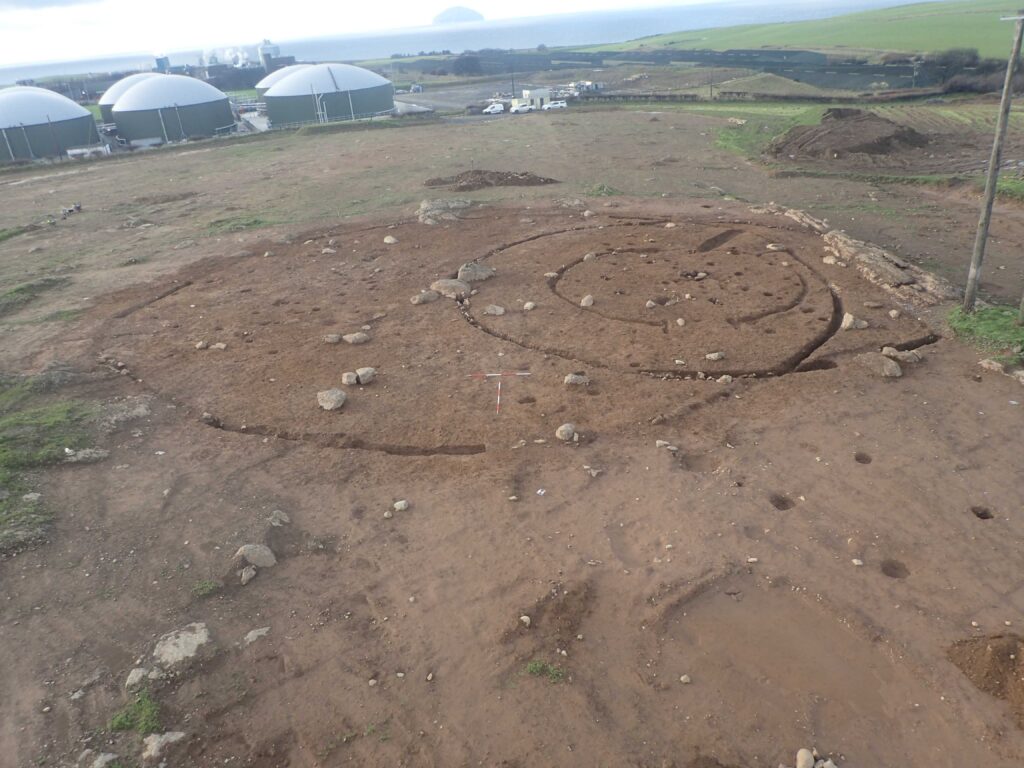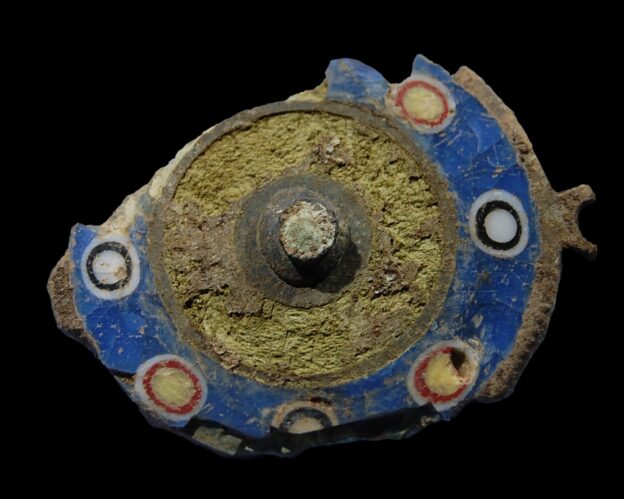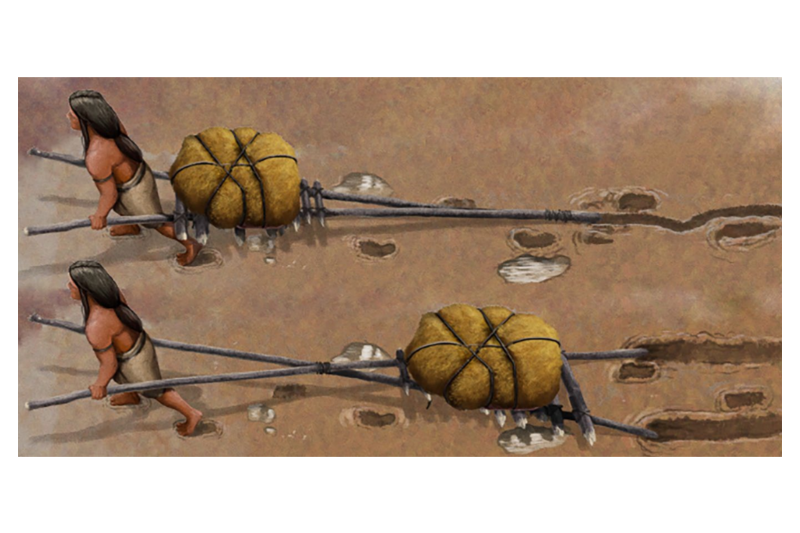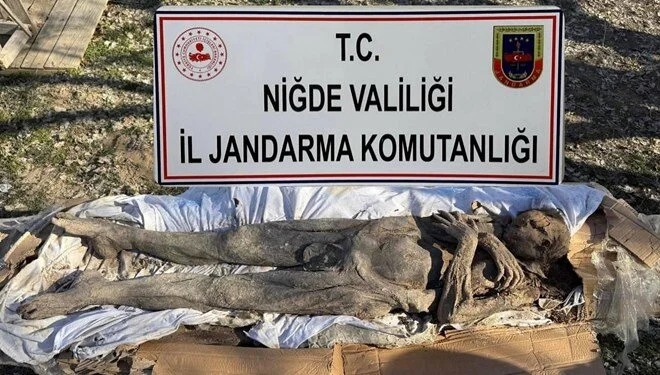Recent archaeological excavations at the William Grant & Sons Girvan Distillery in southwest Scotland have unveiled fascinating insights into the Roman Empire’s presence in the far north. Conducted by GUARD Archaeology, the research has revealed a rare enamelled Roman brooch, dating back to the late 2nd century AD, which highlights the intricate relationships between local British communities and the Roman military.
The site, known as the Curragh Iron Age settlement, was discovered in 2020 and features a robust wooden palisade with a prominent gated entrance. Among the most significant finds was the enamelled bronze brooch, unearthed from the foundation pit of the palisade. This artifact not only signifies Roman craftsmanship but also serves as a crucial indicator of cultural exchanges in the region.
Jordan Barbour, co-author of the excavation report, noted, “These exotic brooches, typically found along the borders of the Roman Empire, were particularly favored by Roman military personnel.” This suggests that the brooch may have been brought to the settlement by a Roman soldier stationed north of Hadrian’s Wall.
The purpose of the brooch within the Iron Age community remains a topic of intrigue. The lack of evidence indicating that it was worn by local inhabitants raises the possibility that it was intentionally buried as a ritual offering during the construction of the palisade. Barbour remarked, “While we cannot definitively explain why the brooch was placed in the palisade ditch, similar ritual offerings are common in various cultures.”

Several theories exist regarding the brooch’s arrival in the area. The absence of other Roman artifacts suggests that it was not acquired through regular trade but rather through temporary exchanges with Roman troops or as spoils of war.
Strategically located on a rocky plateau, the Curragh settlement features steep slopes that likely served defensive purposes. Although there were no Roman forts in the vicinity following the abandonment of the Antonine Wall in the early 2nd century AD, evidence of a 1st-century AD Roman marching camp located just two kilometers to the southwest indicates a historical military presence in the region.
The excavations also revealed a rich tapestry of history, with findings dating back to prehistoric times. An older roundhouse, radiocarbon dated to the 7th century BC, alongside Neolithic pottery from 3,700 to 3,500 BC, underscores the area’s long-standing settlement history.
This groundbreaking study by GUARD Archaeology sheds light on Scotland’s prehistoric and Roman heritage, offering invaluable insights into the lives, interactions, and beliefs of ancient peoples. For those interested in delving deeper into this remarkable research, “ARO59 A Neolithic Monument, Iron Age Homesteads and Early Medieval Kilns: excavations at the Curragh, Girvan” by Jordan Barbour and Dave McNichol is available for free download from Archaeology Reports Online.
Discover the secrets of Scotland’s past and explore the enduring legacy of its ancient communities through the lens of archaeology.





